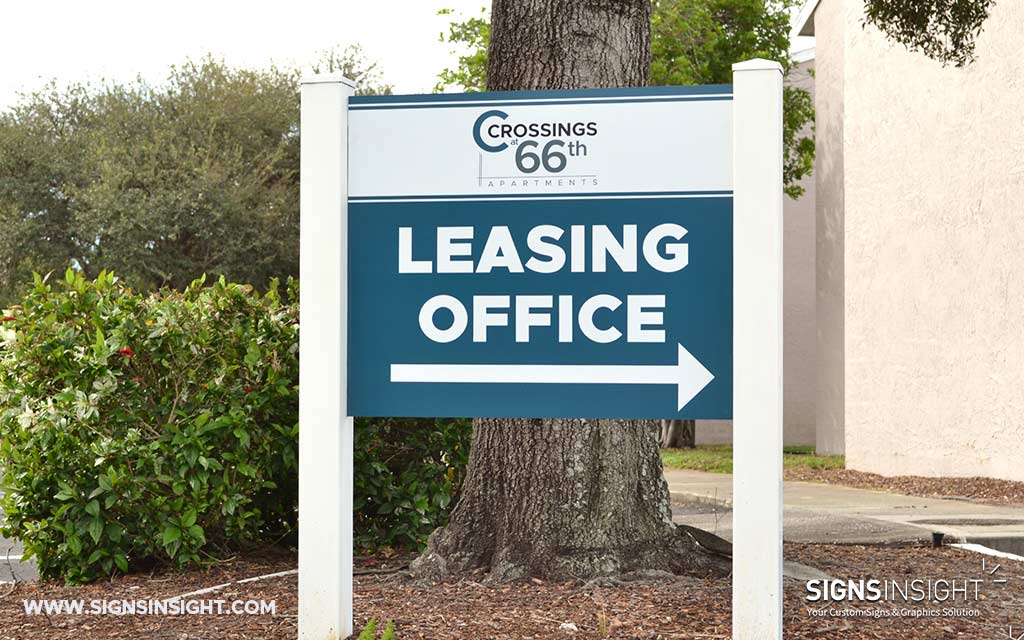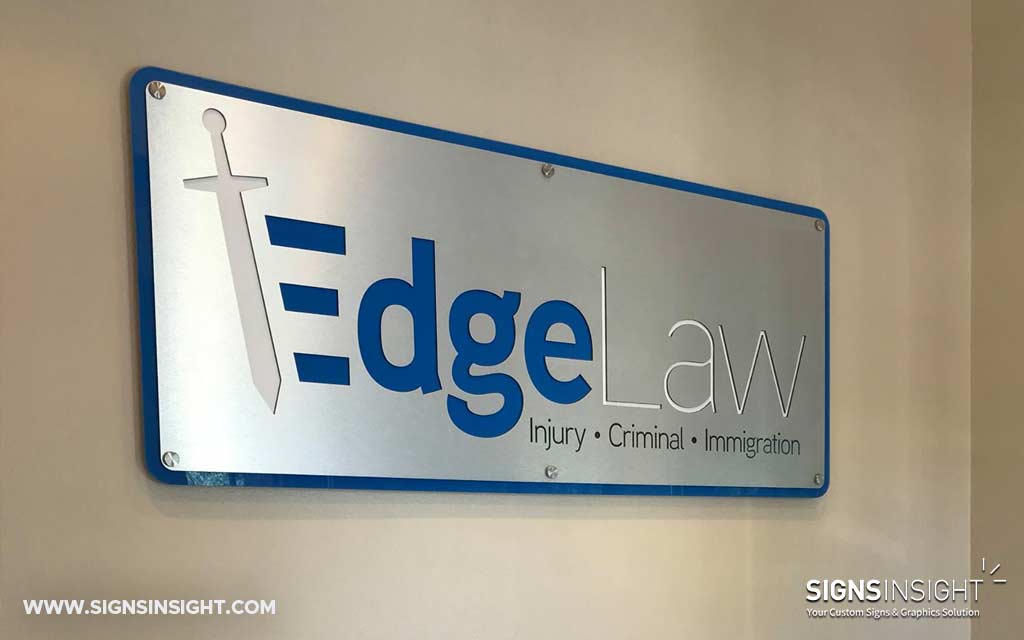
ADA and Directional Signs for your Business
ADA and Directional Signs
ADA signs are an important part of interior signage. They are build in conformance with the American With Disabilities Act or simply known as ADA act, created to help visually impaired people to locate and identify certain rooms and areas in your business. This act dictates the requirements for signage that is conveniently located and easy to read both visually and through tactile touch.
ADA signs do not necessarily contain braille characters. Yes, braille signs and raised characters are the most visible manifestation of the ADA law. It’s one of the many requirements of ADA signs, but only for certain applications. Sign standards in the ADA Accessibility Guidelines (also known as ADAAG) require much more than just braille and raised characters.
The general rule is almost all architectural sing must comply with the ADA guidelines. Examples of these signs are plaques which identify permanent rooms or spaces including exit, directs or informs about functional spaces, or identifies, directs to, or informs about accessible features of a building/facility.
Some signs do not need to comply with the ADA Guidelines such as signs for advertising and marketing purposes, temporary signs, company logos and names.
Common Misconceptions About ADA Signs
There is a common misconception about ADA Sign is that the Braille & ADA Signs are same. We often hear the same misconception from our customers as well. Raised graphics and Braille are not the same things as being ADA compliant. It’s just a part of the whole ADA Guidelines. It i s interesting to know that Signs without Braille can still be ADA compliant. Raised graphics and Braille are certainly important but it’s not the whole thing.
Apart from raised graphics, there are other key features of ADA Guidelines such as Height from the ground, distance from the door etc. You also need to place the ADA Sign on the correct side of a door to stay compliant.
ADA Signs Guidelines at a Glance
Raised Characters: depth, case, style, character proportions, character height, stroke thickness, character spacing, and line spacing.
Braille: dimensions, capitalization, and position.
Installation Height: height above the finished floor or ground.
Installation Location: single doors, double doors (one active leaf and two active leaves), and doors with no wall space.
Visual Characters: finish and contrast, case, style, character proportions, character height, height from finish floor or ground, stroke thickness, character spacing, and line spacing.
Pictograms: pictogram field, finish and contrast, and text descriptors.
Symbols of Accessibility: finish and contrast and International Symbols of Accessibility, TTY, Volume Control Telephones, and Assistive Listening Systems.
Signs Insight strictly follows the ADA Guidelines when designing sigs. You can rest assured that, whenever necessary, all of the signs in our projects are ADA compliant. ADA signs are the safeguard to visually impaired people. It assures that both public organization and business must have easy access.
To learn more, please contact Signs Insight. We provide all kind of ADA Signs following the ADA Guidelines. Our expert designer will create the best sign for your business. 813-523-3128.
LATEST POSTS
CLICK HERE FOR DIRECTIONS
Contact us today to find out how we can help you with your signage needs.






